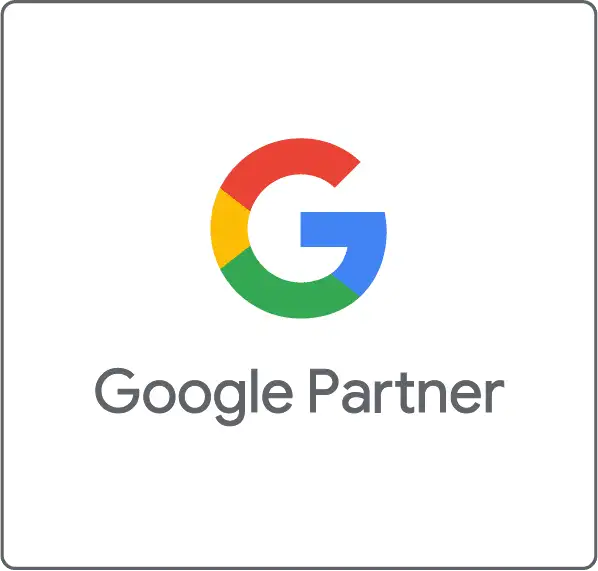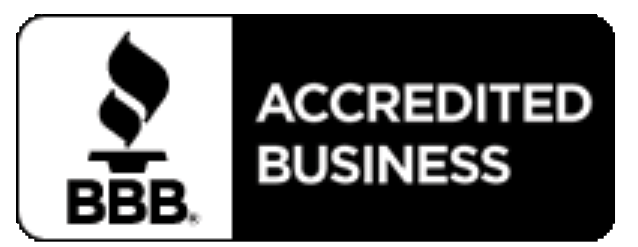Do you want to know how brands get you to buy when you aren’t really looking for their product?
In the last post, Why Tracking The Consumer Journey Is So Hard we talked about why it’s so hard to track consumer journeys. So, let’s jump right into a consumer journey example for a big brand. In future posts we’ll winnow it down to how smaller companies can deploy a consumer journey.
There are a few key points to note for success. In this part one of two we’ll focus on Hersheys and the moment of purchase, and in tomorrow’s video we’ll talk about how that moment of purchase is just the last step in the consumer journey.
The consumer journey is a really fluid idea. Think about a big brand like Hershey’s. You buy their chocolates at CVS and Walmart. The series of actions that lead up to your purchase may not even be evident to you, the shopper. This hints at the difference between high consideration and low consideration.
Buying a bag of Chocolate Kisses is likely to be a low consideration purchase. You are doing your shopping, and you know you want Kisses for your kids, or for yourself. Or, you are about to checkout and at the counter you see a Reese’s Peanut Butter Cup package. You just buy. Low consideration relies heavily on a moment in time, and the consumers moods, thoughts, behaviors, and feelings at that moment when they are presented with the product in front of them.
Now, the challenge for big brands, especially the ones that rely on brick and mortar retail sales, is they don’t have a full view of the buying landscape. An economist would say they have imperfect information. Sure, Hershey’s knows the volume of sales they get from their different channel partners, but they don’t have a direct connection to the consumer, they don’t control the sales channel, and they have a tough time connecting the unobserved parts of the consumer journey. What they do is run mass advertising across media to ensure that people know that their products exist, that their products should be bought, and the places to buy said products.
The challenge for a brand like Hershey’s is that they don’t control all the consumer touch points. Because their products are bought in so many different places across the US, by so many different types of people, with so many different needs that their products fulfill, it’s hard to really pinpoint all the ways the consumer journey might go.
So, a big brand must focus on mass media channels to reach a lot of people, and ensure that they have the requisite volume of reach and frequency in advertising. They know that a certain number of commercials on TV, and ads on digital, consistently produce a certain volume of sales for their products.
If you’re interested in following us throughout our Great Reset Series of helpful marketing videos. Connect Here



